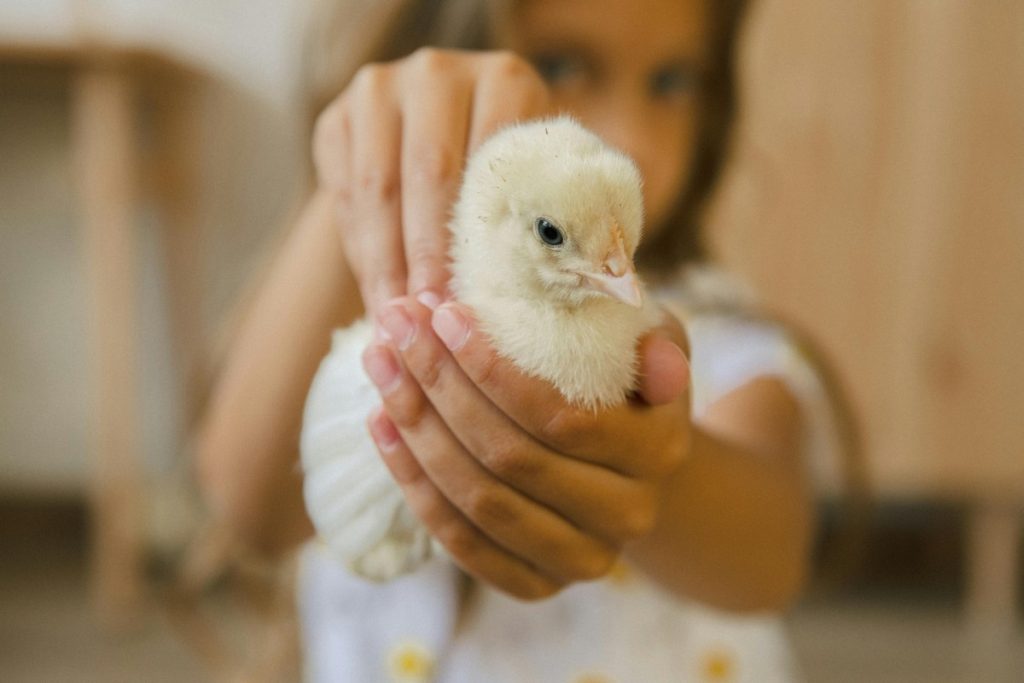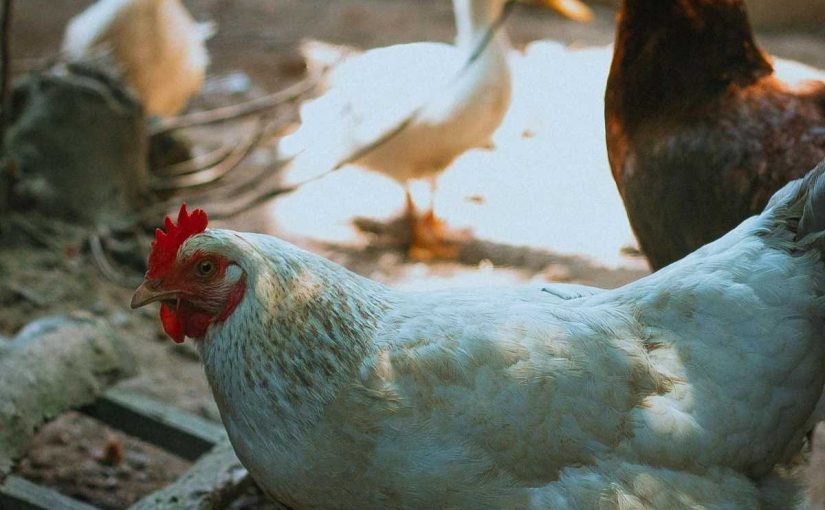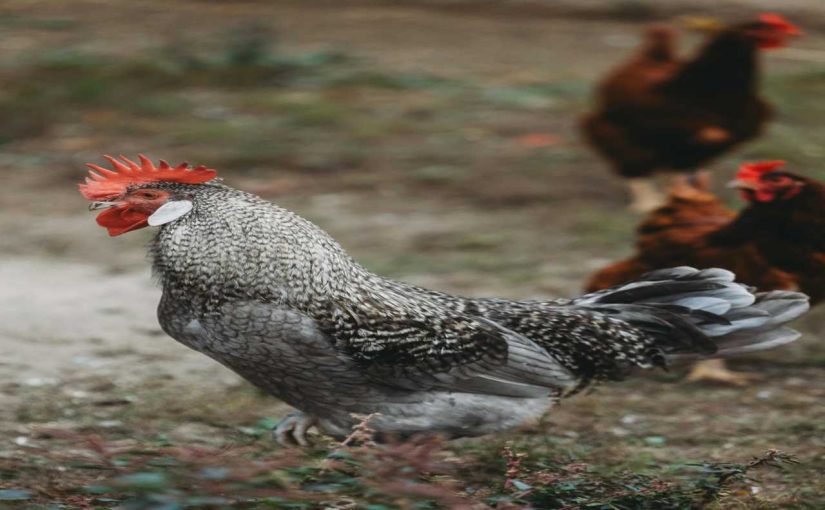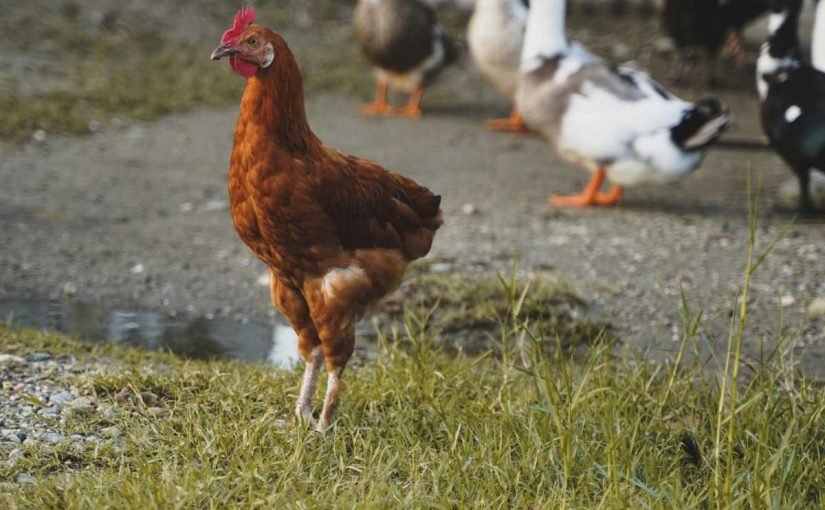Raising chickens can be a delightful and educational experience for families, combining the joy of caring for animals with valuable lessons in biology, responsibility, and sustainability. Chickens not only provide fresh eggs and companionship but also serve as a fantastic platform for learning. Here are eight engaging educational activities that will help children explore various subjects while enjoying their time with their feathered friends.

1. Chicken Life Cycle Exploration
Activity Overview
Understanding the life cycle of chickens is a foundational concept in biology. This activity can foster curiosity about growth, reproduction, and the various stages of life.
How to Do It
- Egg Observation: Start by discussing the different stages of a chicken’s life. If you have access to fertilized eggs, consider getting an incubator to observe the hatching process. Otherwise, you can explore pictures or videos of chickens at different stages.
- Diagram Creation: Provide materials like paper, markers, and crayons for children to create a life cycle poster. They can include illustrations and labels for each stage: egg, chick, juvenile, and adult chicken. This helps reinforce their learning visually.
- Time-Lapse Videos: Watch time-lapse videos online that showcase how chicks hatch from eggs. After watching, discuss what they observed. Encourage kids to predict how long it takes for a chick to hatch and what it needs after emerging from the egg.
Learning Outcomes
Children will gain a better understanding of biological concepts related to life cycles, growth, and reproduction. This activity also encourages them to ask questions and seek answers, fostering a scientific mindset.
2. Chicken Care Journal
Activity Overview
Keeping a care journal can enhance children’s observational skills and provide them with a sense of ownership and responsibility for their chickens.
How to Do It
- Daily Entries: Encourage children to write daily or weekly entries about their experiences with the chickens. They can document feeding times, the amount of food consumed, and any changes in behavior or health.
- Illustrations: Kids can draw pictures of their chickens, noting specific details like feather colors, favorite treats, or funny antics. This can help improve their drawing skills and attention to detail.
- Reflections: At the end of each week, have them reflect on what they’ve learned about chicken care and responsibility. Ask guiding questions like, “What was the most challenging part of taking care of the chickens this week?” or “How do you feel when the chickens respond to you?”
Learning Outcomes
This activity develops writing and observational skills while reinforcing concepts of responsibility, empathy, and the importance of routine in animal care.
3. Nutrition and Feeding
Activity Overview
Teaching children about the dietary needs of chickens can enhance their understanding of nutrition, food sources, and sustainability.
How to Do It
- Research: Have kids research what chickens eat, including grains, vegetables, and kitchen scraps. Discuss the importance of a balanced diet for health and egg production, highlighting how each food contributes to their well-being.
- Create a Meal Plan: Work together to create a weekly feeding schedule, including the type and quantity of food. They can also incorporate treats, such as fruits and vegetables, that are safe for chickens.
- Feed Mixing: Allow them to help mix the chicken feed. Discuss the nutritional value of each ingredient and why it’s important for the chickens’ health. This hands-on experience will help solidify their understanding of nutrition.
Learning Outcomes
Kids will learn about nutrition, food sources, and how proper diet affects animal health. This activity introduces concepts of agriculture, food production, and sustainability, fostering a deeper appreciation for where food comes from.

4. Chicken Anatomy Investigation
Activity Overview
Exploring the anatomy of chickens provides insights into biology and helps children understand the function of various body parts.
How to Do It
- Interactive Model: Use diagrams or models to show the anatomy of a chicken. Identify parts such as the beak, comb, wattles, feathers, and feet. Explain the purpose of each part—for example, how the beak is used for pecking and how feathers provide insulation.
- Hands-On Activity: If appropriate, use feathers or other chicken-related items for tactile exploration. Discuss how each part serves a purpose, such as how feathers help with flight (in wild chickens) and keep the chickens warm.
- Field Trip: Organize a visit to a local farm or veterinary clinic to see chickens in a different environment. This real-world observation can solidify their understanding of chicken anatomy and health.
Learning Outcomes
Children gain knowledge of animal biology, anatomy, and the functions of different body parts in relation to survival and adaptation. This activity encourages curiosity about the natural world and biological sciences.
5. Chicken Behavior Observation
Activity Overview
Observing chicken behavior encourages children to develop patience, critical thinking, and observational skills.
How to Do It
- Behavior Logging: Have kids log chicken behaviors, such as foraging, dust bathing, and establishing a pecking order. They can create a chart to visualize their observations, noting the time of day and specific behaviors.
- Group Dynamics: Discuss the social structure among the chickens and how they interact with one another. Help children understand concepts like dominance and social hierarchy in animal communities.
- Behavior Comparisons: Encourage kids to compare chicken behavior with that of other pets or animals they are familiar with. This comparison can deepen their understanding of social behaviors across species.
Learning Outcomes
Children learn about animal behavior, social structures, and the importance of observation in science. This activity fosters critical thinking and analytical skills as they draw connections between their observations and broader biological concepts.
6. Egg Collection and Cooking
Activity Overview
Engaging kids in the egg collection process leads to fun cooking activities that promote culinary skills and nutritional education.
How to Do It
- Egg Collection Routine: Establish a routine where children gather eggs daily. Discuss egg production and what chickens need to lay eggs. Teach them how to handle eggs carefully to avoid breakage.
- Cooking Together: Use the collected eggs to cook simple recipes. Teach children how to make scrambled eggs, omelets, or baked goods like cookies. This hands-on cooking experience can be both fun and educational.
- Nutrition Discussion: Discuss the nutritional value of eggs and how they fit into a balanced diet. Explore various ways to prepare eggs and their benefits, such as being a good source of protein.
Learning Outcomes
Kids learn practical cooking skills, nutritional information, and the farm-to-table concept while enjoying hands-on experiences. This activity promotes confidence in the kitchen and encourages healthy eating habits.
7. Building a Chicken Coop Model
Activity Overview
Designing and building a model chicken coop introduces children to concepts of architecture, engineering, and design thinking.
How to Do It
- Research Coops: Have children research different types of chicken coops and discuss their features, such as ventilation, safety, and space requirements. Encourage them to think about what makes a coop functional and comfortable for the chickens.
- Design Process: Let kids sketch their ideal chicken coop design, incorporating features they’ve learned about. Discuss aspects like nesting boxes, perches, and access points for feeding and cleaning.
- Model Building: Use materials like cardboard, wood, or craft supplies to build a scale model of their coop design. This hands-on project can foster creativity and problem-solving skills as they figure out how to construct their design.
Learning Outcomes
This activity enhances creativity, critical thinking, and engineering skills while introducing basic concepts of design and construction. Kids also learn about animal welfare and how to create a safe environment for their chickens.

8. Nature and Ecology Exploration
Activity Overview
Integrating chickens into an exploration of nature and ecology promotes environmental awareness and understanding of ecosystems.
How to Do It
- Chicken Habitats: Discuss the natural habitats of chickens and how they adapt to their environment. Talk about the importance of free-ranging and foraging, and how these behaviors contribute to their overall health.
- Gardening Together: Create a small garden where kids can plant herbs or vegetables for the chickens. Teach them about companion planting and sustainable gardening practices. This can also include discussions about how chickens help fertilize plants through their manure.
- Ecosystem Connections: Explore how chickens contribute to the garden ecosystem by providing manure for compost, pest control, and seed dispersal. Discuss the interconnectedness of animals and plants in a healthy ecosystem.
Learning Outcomes
Children learn about ecosystems, environmental responsibility, and sustainable practices while developing a connection to nature. This activity encourages them to think critically about their role in the environment and how they can contribute to sustainability.
Conclusion
Raising chickens can be a deeply enriching experience for children, providing opportunities for learning, responsibility, and connection to nature. By engaging in these educational activities, kids can develop a range of skills while enjoying the rewarding process of caring for their feathered friends. As they learn about chickens, they’ll cultivate a love for animals, nature, and sustainable living—lessons that will last a lifetime.
Through these activities, families can bond, share experiences, and create lasting memories, all while fostering a sense of curiosity and respect for the natural world. So, gather your family, embrace the joy of chicken keeping, and start exploring together!



